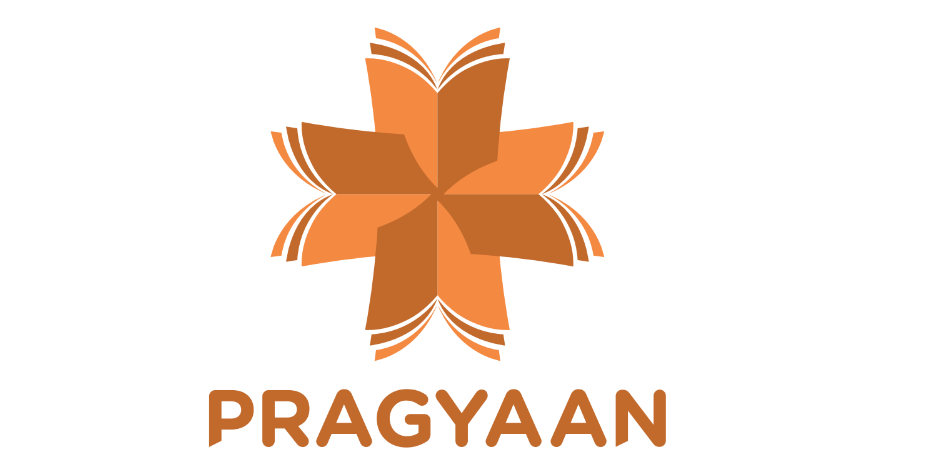Protect Your Project From Escalating Doubts [electronic resource] / Brown, Karen.
Material type: TextLanguage: English Publisher: MIT Sloan Management Review, 2017Edition: 1st editionDescription: 1 online resource (9 pages)Content type:
TextLanguage: English Publisher: MIT Sloan Management Review, 2017Edition: 1st editionDescription: 1 online resource (9 pages)Content type: - text
- computer
- online resource
Many projects are launched with great promise but lose traction and momentum during project delivery, when the real work of the initiative is underway. Shifting organizational priorities, changes in leadership, and distrust of information about the project’s progress can scuttle a project’s reputation and, ultimately, its chance for success. This self-perpetuating downward spiral can cause contributors to distance themselves from an effort that is losing support, cannot overcome inertia, or worse, is derailed. Even the most technically sound and strategically important projects can fall into this “cycle of doubt” and fail to meet their objectives. Building on previous work on project branding, the authors conducted a multisource, practice-based field investigation to seek insights on how to help organizations and project leaders understand, avoid, and recover from the cycle of doubt. Analyses revealed practical insight on three related issues: how to recognize when a project is vulnerable to the cycle of doubt; how to ensure that a project does not fall into a downward spiral of skepticism; and how to reverse negative momentum if a project begins to stall. The research found four main categories of doubt triggers that can sap support and lead a project into a negative tailspin. These warning signs are when strategic priorities change, sponsors appear equivocal, delivery hiccups occur, or communication missteps raise doubts. The authors offer eight action steps providing possible avenues by which vulnerable projects can successfully overcome or avoid a momentum slide. An additional checklist helps project leaders get a sense of how well (or poorly) their projects are positioned to forestall or recover from escalating doubts.
Electronic reproduction. Boston, MA : Safari, Available via World Wide Web. 2017.
Mode of access: World Wide Web.
Copyright © 2017 MIT Sloan Management Review 2017
Made available through: Safari, an O’Reilly Media Company.
Online resource; Title from title page (viewed April 1, 2017)
There are no comments on this title.
